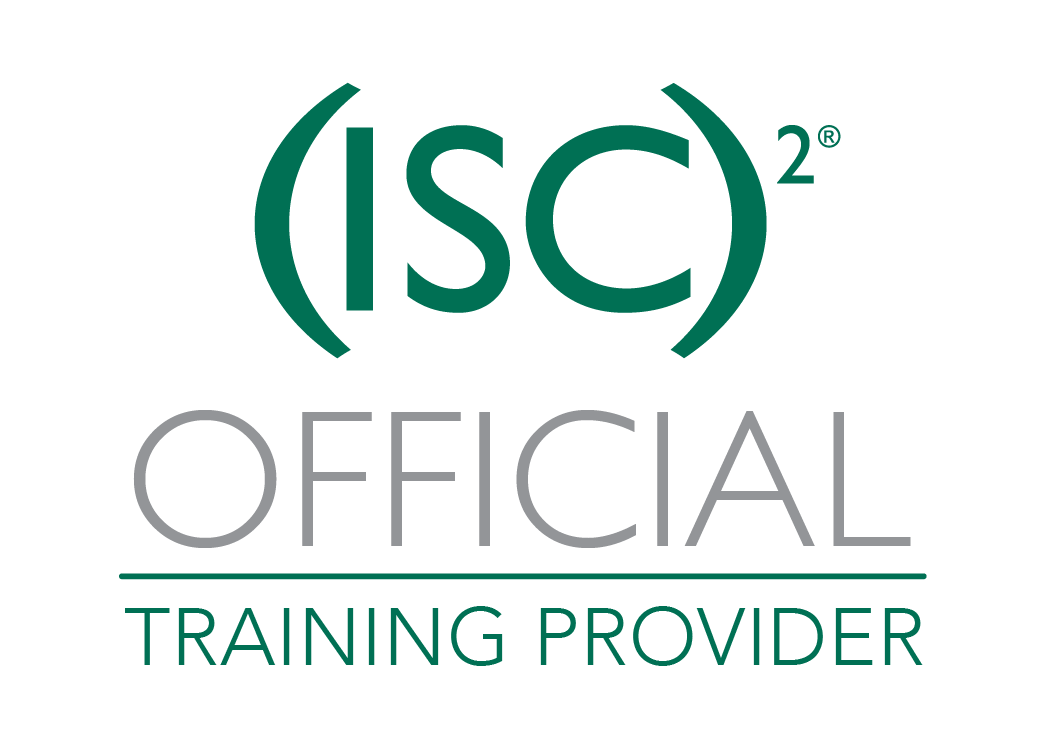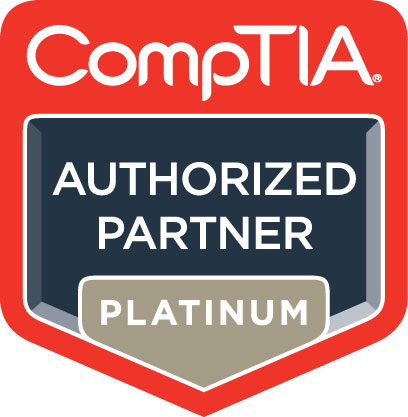

About This Bootcamp
Length: 10 days
Cisco Certified Network Professional (CCNP) Enterprise certification validates the ability to plan, implement, verify and troubleshoot local and wide-area enterprise networks and work collaboratively with specialists on advanced security, voice, wireless and video solutions. The CCNP Enterprise certification is appropriate for those with at least one year of networking experience who are ready to advance their skills and work independently on complex network solutions. Those who achieve CCNP Enterprise have demonstrated the skills required in enterprise roles such as network engineer, support engineer, systems engineer or network technician.
Required Exams
To earn the certification, students must pass the following exam(s):
- 350-401 Implementing and Operating CISCO Enterprise Network Core Technologies (ENCOR)
- 300-410 Implementing CISCO Enterprise Advanced Routing and Services (ENARSI)
Course Objectives
After taking this course, you should be able to:
- Illustrate the hierarchical network design model and architecture using the access, distribution, and core layers
- Compare and contrast the various hardware and software switching mechanisms and operation, while defining the Ternary Content Addressable Memory (TCAM) and Content Addressable Memory (CAM), along with process switching, fast switching, and Cisco Express Forwarding concepts
- Troubleshoot Layer 2 connectivity using VLANs and trunking
- Implementation of redundant switched networks using Spanning Tree Protocol
- Troubleshooting link aggregation using Etherchannel
- Describe the features, metrics, and path selection concepts of Enhanced Interior Gateway Routing Protocol (EIGRP)
- Implementation and optimization of Open Shortest Path First (OSPF)v2 and OSPFv3, including adjacencies, packet types, and areas, summarization, and route filtering for IPv4 and IPv6
- Implementing External Border Gateway Protocol (EBGP) interdomain routing, path selection, and single and dual-homed networking
- Implementing network redundancy using protocols including Hot Standby Routing Protocol (HSRP) and Virtual Router Redundancy Protocol (VRRP)
- Implementing internet connectivity within Enterprise using static and dynamic Network Address Translation (NAT)
- Describe the virtualization technology of servers, switches, and the various network devices and components
- Implementing overlay technologies such as Virtual Routing and Forwarding (VRF), Generic Routing Encapsulation (GRE), VPN, and Location Identifier Separation Protocol (LISP)
- Describe the components and concepts of wireless networking including Radio Frequency (RF) and antenna characteristics, and define the specific wireless standards
- Describe the various wireless deployment models available, include autonomous Access Point (AP) deployments and cloud-based designs within the centralized Cisco Wireless LAN Controller (WLC) architecture
- Describe wireless roaming and location services
- Describe how APs communicate with WLCs to obtain software, configurations, and centralized management
- Configure and verify Extensible Authentication Protocol (EAP), WebAuth, and Pre-Shared Key (PSK) wireless client authentication on a WLC
- Troubleshoot wireless client connectivity issues using various available tools
- Troubleshooting Enterprise networks using services such as Network Time Protocol (NTP), Simple Network Management Protocol (SNMP), Cisco Internetwork Operating System (Cisco IOS®) IP Service Level Agreements (SLAs), NetFlow, and Cisco IOS Embedded Event Manager
- Explain the use of available network analysis and troubleshooting tools, which include show and debug commands, as well as best practices in troubleshooting
- Configure secure administrative access for Cisco IOS devices using the Command-Line Interface (CLI) access, Role-Based Access Control (RBAC), Access Control List (ACL), and Secure Shell (SSH), and explore device hardening concepts to secure devices from less secure applications, such as Telnet and HTTP
- Implement scalable administration using Authentication, Authorization, and Accounting (AAA) and the local database, while exploring the features and benefits
- Describe the enterprise network security architecture, including the purpose and function of VPNs, content security, logging, endpoint security, personal firewalls, and other security features
- Explain the purpose, function, features, and workflow of Cisco DNA Center™ Assurance for Intent-Based Networking, for network visibility, proactive monitoring, and application experience
- Describe the components and features of the Cisco SD-Access solution, including the nodes, fabric control plane, and data plane, while illustrating the purpose and function of the Virtual Extensible LAN (VXLAN) gateways
- Define the components and features of Cisco SD-WAN solutions, including the orchestration plane, management plane, control plane, and data plane
- Describe the concepts, purpose, and features of multicast protocols, including Internet Group Management Protocol (IGMP) v2/v3, Protocol-Independent Multicast (PIM) dense mode/sparse mode, and rendezvous points
- Describe the concepts and features of Quality of Service (QoS), and describe the need within the enterprise network
- xplain basic Python components and conditionals with script writing and analysis
- Describe network programmability protocols such as Network Configuration Protocol (NETCONF) and RESTCONF
- Describe APIs in Cisco DNA Center and vManage
- Configure classic Enhanced Interior Gateway Routing Protocol (EIGRP) and named EIGRP for IPv4 and IPv6
- Optimize classic EIGRP and named EIGRP for IPv4 and IPv6
- Troubleshoot classic EIGRP and named EIGRP for IPv4 and IPv6
- Configure Open Shortest Path First (OSPF)v2 and OSPFv3 in IPv4 and IPv6 environments
- Optimize OSPFv2 and OSPFv3 behavior
- Troubleshoot OSPFv2 for IPv4 and OSPFv3 for IPv4 and IPv6
- Implement route redistribution using filtering mechanisms
- Troubleshoot redistribution
- Implement path control using Policy-Based Routing (PBR) and IP Service Level Agreement (SLA)
- Configure Multiprotocol-Border Gateway Protocol (MP-BGP) in IPv4 and IPv6 environments
- Optimize MP-BGP in IPv4 and IPv6 environments
- Troubleshoot MP-BGP for IPv4 and IPv6
- Describe the features of Multiprotocol Label Switching (MPLS)
- Describe the major architectural components of an MPLS VPN
- Identify the routing and packet forwarding functionalities for MPLS VPNs
- Explain how packets are forwarded in an MPLS VPN environment
- Implement Cisco Internetwork Operating System (IOS®) Dynamic Multipoint VPNs (DMVPNs)
- Implement Dynamic Host Configuration Protocol (DHCP)
- Describe the tools available to secure the IPV6 first hop
- Troubleshoot Cisco router security features
- Troubleshoot infrastructure security and services
Who should take this bootcamp.
The CCNP Enterprise certification is for IT professionals looking to expand upon and document their existing skills in CISCO technology. This training is intended for students seeking to earn their CCNP Enterprise certification and who need an expert instructor to guide them throughout the training and exam preparation process.


















